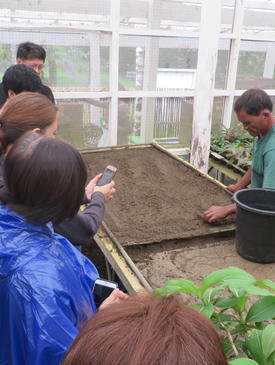Rainforestation Training of Trainers
Summary
Logging and other unsustainable land use practices threaten remaining forests and watersheds on which many communities in Myanmar rely. Increasing the knowledge and capacity of local communities on responsible agroforestry techniques will help to expand and protect the remaining forests, as well as to secure livelihoods for these communities.
This field course is designed for individuals in Myanmar who are working closely with local communities on forest and watershed rehabilitation.
Through a series of lectures, field visits and hands-on exercises, participants will gain knowledge and skills on effective forest restoration strategies by using the Rainforestation approach. Developed by ITEEM-VSU, Rainforestation is a participatory strategy to implement reforestation with native species and agroforestry systems. This practice can support livelihoods of forest-dependent communities while ensuring the delivery of ecosystem goods and services.
Content
Module 1: Introduction to key concepts and principles on forest restoration
- Importance of forest restoration for biodiversity conservation, climate change mitigation and sustaining ecosystem goods and services
- Native species restoration
- Assisted natural regeneration (ANR)
Module 2: Restoration site establishment
- Basic site and soil assessment
- Demonstration of ANR activities
- Site layout and planting
Module 3: Native species propagation and nursery
- Wildling collection and seed propagation techniques
- Recovery chamber installation
- Low-cost nursery establishment
Module 4: Maintenance and planning
- Seedling monitoring and maintenance activities
- Forest management plans


